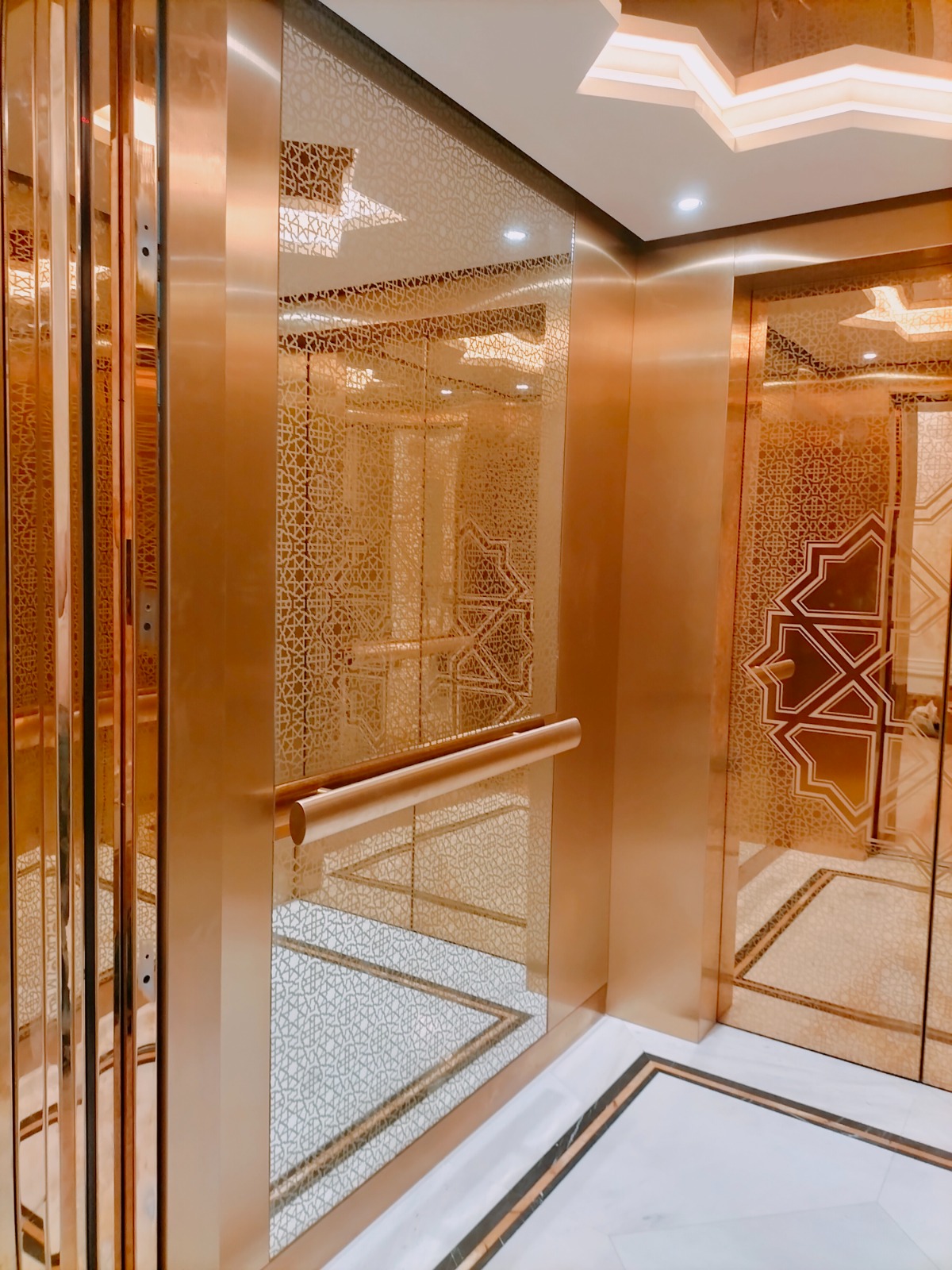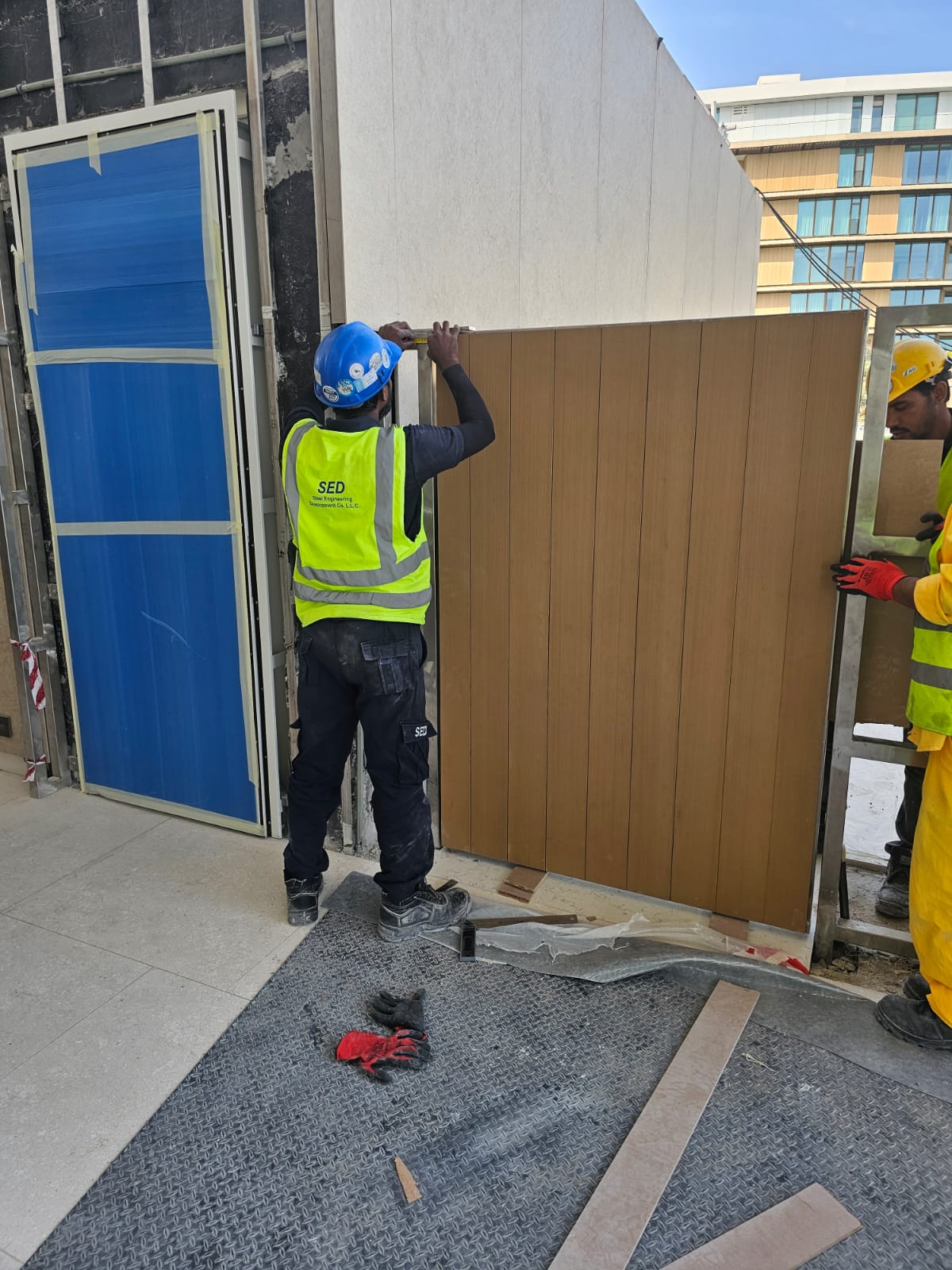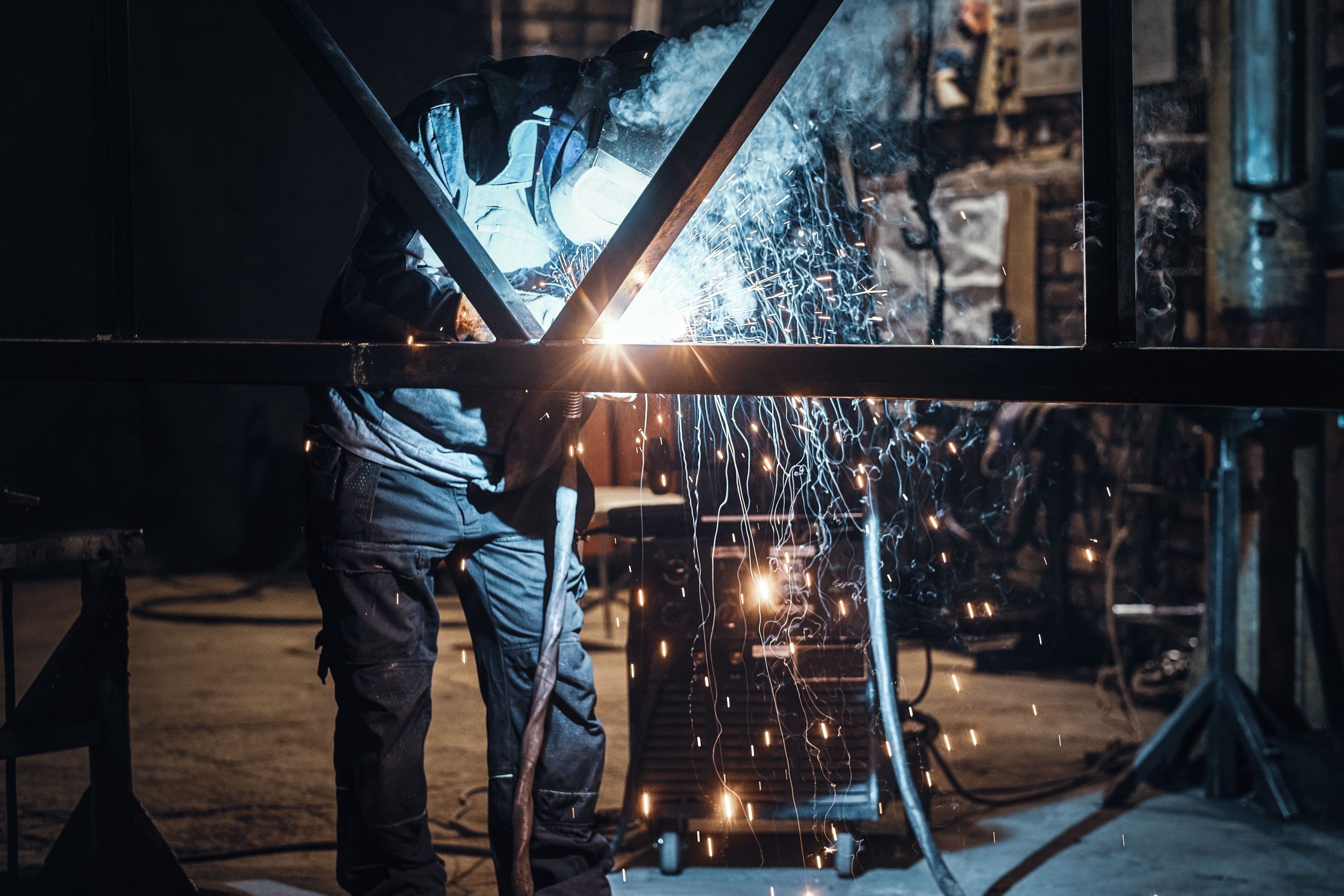Stainless Steel fabrication is a critical part of many construction and engineering projects, as it involves transforming raw stainless steel into predefined shapes and structures that can be used in a variety of applications. While stainless steel fabrication is known for its durability and strength, the process itself comes with several challenges. These challenges can lead to delays, cost overruns, and even safety risks if not addressed properly. In this article, we will discuss some of the common challenges faced in stainless steel fabrication and provide strategies on how to overcome them.
What is Stainless Steel Fabrication?
Stainless Steel fabrication involves cutting, bending, and assembling stainless steel to create structural components or products. This process can be highly complex, requiring precision, technical expertise, and specialized equipment. Steel is used in various industries, including construction, manufacturing, automotive, and infrastructure. Despite its versatility, fabricating steel presents several obstacles that must be navigated to ensure the final product meets the required standards.
Key Steps in Stainless Steel Fabrication
- Cutting: Stainless Steel is cut into the required shapes using techniques such as sawing, shearing, or torching.
- Bending: The stainless steel is bent to the necessary angles using machines or manual methods.
- Welding and Assembling: Different stainless steel components are welded together to form the final structure.
- Finishing: The stainless steel may undergo further finishing processes such as coating or painting to protect it from corrosion and enhance its appearance.
Common Challenges in Stainless Steel Fabrication
Let’s look at some of the most frequent challenges faced in stainless steel fabrication and how they can be overcome.
1. Material Selection Issues
One of the first challenges in stainless steel fabrication is choosing the right type of stainless steel for the project. Stainless Steel comes in many grades, each with different properties such as strength, corrosion resistance, and weldability. Using the wrong type of steel can result in a product that does not meet performance standards or one that is more difficult to work with.
How to Overcome It:
- Understand the Project Requirements: Before selecting a stainless steel grade, clearly understand the project’s environmental conditions, load-bearing requirements, and aesthetic needs.
- Consult with Experts: Fabricators should consult with engineers and material specialists to select the most appropriate stainless steel for the specific application.
- Use Material Selection Software: Advanced software tools can help in selecting the correct stainless steel grade by considering factors like strength, corrosion resistance, and cost.
2. Inaccurate Measurements and Cutting Errors
Precision is key in stainless steel fabrication. Inaccurate measurements and cutting errors can lead to costly waste, rework, and project delays. Even small errors can accumulate and result in a final product that doesn’t fit or function as required.
How to Overcome It:
- Use Advanced Cutting Technologies: Automated cutting technologies such as CNC (Computer Numerical Control) machines can ensure precise cuts, reducing the margin for error.
- Double-Check Measurements: It’s always wise to measure twice and cut once. Implement strict quality control procedures to verify measurements before cutting begins.
- Train Workers on Measurement Techniques: Ensure that the workforce is well-trained in reading and interpreting blueprints and using measurement tools correctly.
3. Welding Challenges
Welding is an integral part of stainless steel fabrication, and it can be particularly challenging. Issues such as improper welds, weak joints, and heat distortion can compromise the integrity of the final product. Additionally, welding different grades of stainless steel together requires a deep understanding of metallurgy.
How to Overcome It:
- Hire Skilled Welders: Ensure that your team includes experienced and certified welders who are familiar with the specific types of stainless steel being used.
- Use Proper Welding Techniques: Different types of stainless steel may require different welding techniques. Use the right process (MIG, TIG, Stick welding, etc.) for the material at hand.
- Preheat the Stainless Steel: For thicker stainless steel, preheating can prevent cracking and ensure stronger welds. Post-weld heat treatment can also reduce residual stresses.
4. Distortion Due to Heat
Heat distortion is a common challenge during the stainless steel fabrication process, especially during cutting and welding. The intense heat can cause the stainless steel to warp or bend, resulting in components that are out of alignment or structurally unsound.
How to Overcome It:
- Control Heat Input: Using controlled and localized heat can prevent distortion. Techniques like staggered welding, using heat sinks, or lower-heat welding methods can reduce the risk of warping.
- Implement Proper Clamping Techniques: Proper clamping during welding can hold stainless steel components in place, reducing the chances of distortion.
- Use Finite Element Analysis (FEA): FEA software can predict how heat will affect the stainless steel, allowing fabricators to plan accordingly to avoid warping and other heat-related issues.
5. Corrosion and Rust Prevention
Stainless Steel is susceptible to corrosion when exposed to moisture and certain environmental conditions. Rust not only weakens the structure but also affects the aesthetic appeal of the final product. Ensuring that stainless steel is protected from corrosion is vital for long-term durability, especially in industries like construction and marine engineering.
How to Overcome It:
- Apply Protective Coatings: Use protective coatings like galvanization, powder coating, or paint to shield stainless steel from moisture and environmental exposure.
- Choose Corrosion-Resistant Alloys: For projects exposed to harsh environmental conditions, consider using stainless stainless steel or other alloys specifically designed for corrosion resistance.
- Regular Maintenance: Periodically inspect stainless steel structures and apply maintenance coatings or treatments as needed to ensure longevity.
6. Meeting Tight Deadlines
The construction and manufacturing industries often work under tight deadlines. Any delays in the stainless steel fabrication process can lead to project overruns, dissatisfied clients, and additional costs. Balancing speed and quality is a significant challenge for fabricators.
How to Overcome It:
- Plan Thoroughly: Proper planning is essential to meet deadlines. Create detailed project schedules that account for material procurement, fabrication, and transportation times.
- Invest in Automation: Automated fabrication machines can speed up the process while maintaining precision. CNC machines, robotic welding systems, and automated cutting tools can significantly reduce production times.
- Enhance Communication: Foster clear communication between project managers, fabricators, and clients to ensure that everyone is aligned on project timelines and expectations.
7. Transportation and Handling of Stainless Steel
Transporting large stainless steel components to a construction site or assembly point presents its own set of challenges. Mishandling during transportation can lead to deformation, damage, and additional costs due to repairs or replacement.
How to Overcome It:
- Use Specialized Transportation Equipment: Invest in trucks, trailers, and lifting equipment designed for heavy stainless steel loads to reduce the risk of damage during transportation.
- Plan the Route: Consider the logistics of transporting large stainless steel components, especially if they need to be moved through urban areas or narrow roads.
- Proper Packaging: Protect stainless steel components from damage during transit by using protective wrapping, securing them properly to avoid movement, and ensuring that the components are adequately padded.
8. Ensuring Compliance with Industry Standards
Stainless Steel fabrication must comply with a variety of industry standards and regulations, especially in critical applications such as construction, infrastructure, and aerospace. Failing to meet these standards can result in legal and safety issues.
How to Overcome It:
- Stay Informed About Standards: Keep up-to-date with relevant industry standards and codes, such as ASTM International standards, American Welding Society (AWS) guidelines, and Eurocode specifications.
- Implement a Quality Assurance System: A robust quality assurance system should be in place to ensure that all stainless steel components meet the necessary standards before leaving the fabrication facility.
- Conduct Regular Inspections: Regular inspections and audits can ensure that the fabrication process is compliant with the necessary regulations and standards.
Future Trends in Overcoming Stainless Steel Fabrication Challenges
Stainless Steel fabrication is continuously evolving, with new technologies and processes emerging to help fabricators overcome challenges more effectively. Some of the trends shaping the future of stainless steel fabrication include:
1. Use of Robotics and Automation
Robotic systems are becoming more prevalent in stainless steel fabrication, helping to reduce human error and increase efficiency. Automated cutting, welding, and assembly systems can significantly reduce fabrication times and improve precision.
2. Digital Fabrication and BIM (Building Information Modeling)
Digital fabrication technologies and BIM software allow for more accurate designs, simulations, and planning. These tools help identify potential challenges before fabrication begins, reducing errors and improving project outcomes.
3. Sustainable Fabrication Practices
As sustainability becomes more important in construction, stainless steel fabricators are focusing on reducing waste and energy consumption. Methods such as using recycled stainless steel, minimizing material waste, and implementing energy-efficient fabrication processes are becoming more common.
Conclusion
Stainless Steel fabrication is a vital process that presents its own set of unique challenges. From material selection and welding difficulties to heat distortion and corrosion, overcoming these obstacles requires a combination of advanced technology, skilled labor, and careful planning. By addressing these challenges head-on and leveraging modern fabrication techniques, the stainless steel industry can continue to produce high-quality, durable structures that meet the growing demands of the construction and manufacturing sectors.



